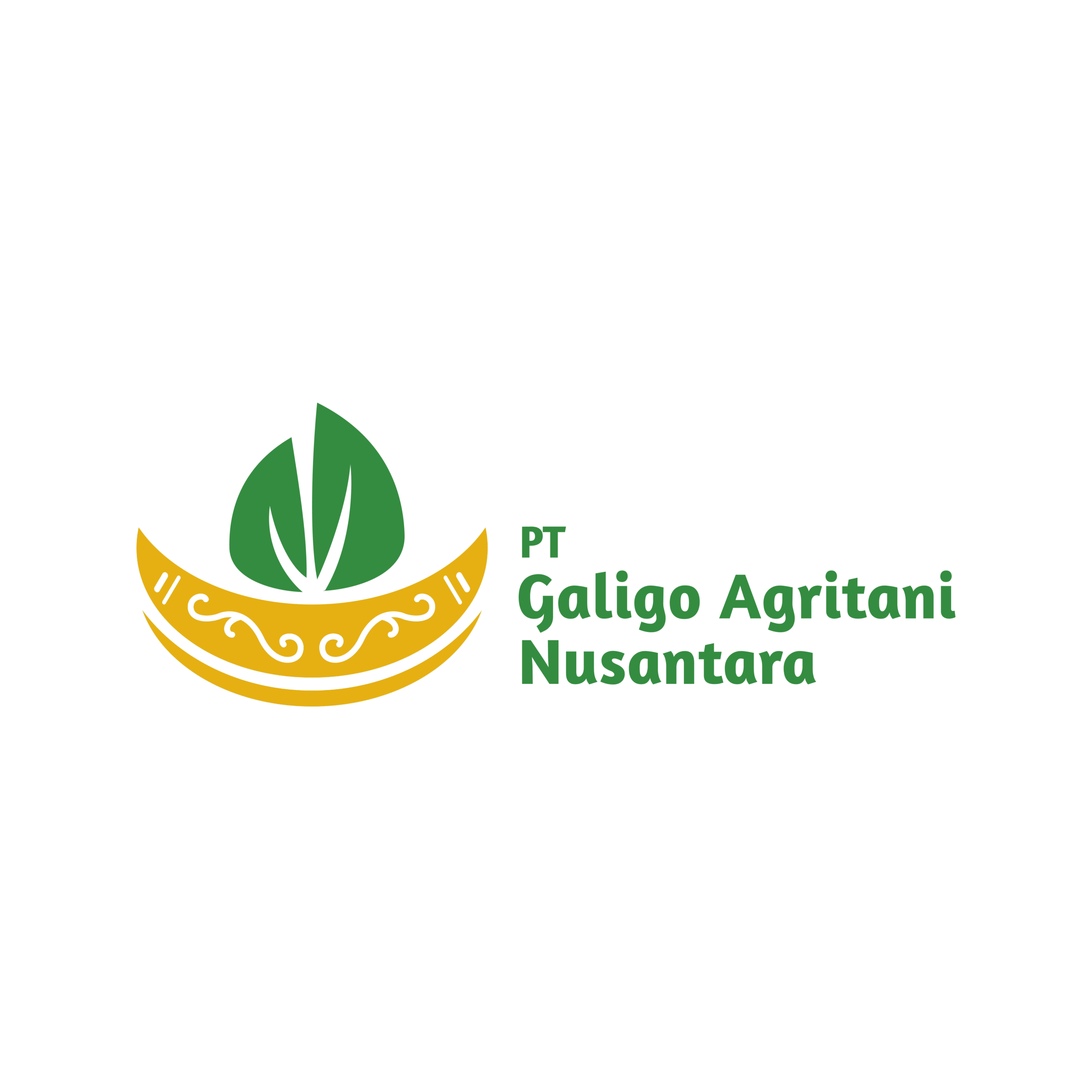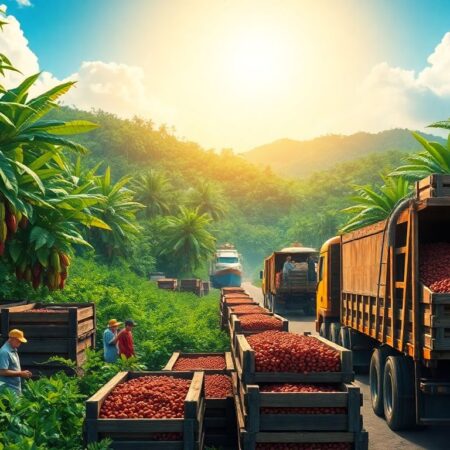

Export in Indonesia: A Comprehensive Guide to Unlocking Opportunities in Global Markets
Introduction
Indonesia has become a major player in the world of exports. Its rich natural resources and large population make it an importantizing economy. Export activities are key drivers of Indonesia’s growth today. They help boost the economy and create jobs. The country exports many products such as palm oil, textiles, and electronics. Countries like China, the U.S., and Japan are top destinations for Indonesian goods. To succeed in export, businesses and investors need to understand policies, procedures, and market trends. Doing so helps them find and grow new opportunities.
Indonesia’s Export Landscape: An Overview
Current Status of Indonesian Export Industry
Indonesia’s export volume has increased steadily over the years. The country mainly sells commodities like palm oil, coal, rubber, and textiles. Other important exports include seafood and coffee. Market demand from Asia, the U.S., and Europe remains high. Growth projections suggest exports will keep rising thanks to new trade deals and infrastructure improvements. The Ministry of Trade and Export Development Agency (Index) actively support exporters by sharing market info and training.
Major Export Products
Indonesia’s primary exports include:
- Commodities: palm oil, coal, rubber, textiles, electronics
- Agricultural products: coffee, spices, seafood
- Manufactured goods: processed foods, furniture, automotive parts
These products are shipped worldwide, supporting jobs and small businesses across the country.
Key Export Markets
Indonesia exports to many countries. The biggest markets are China, the United States, Japan, India, and other ASEAN nations. Recent years saw growth in exports to emerging markets like Bangladesh and Vietnam. Free trade agreements, such as ASEAN Free Trade Area (AFTA) and RCEP, help reduce tariffs and boost exports. These trade deals open new doors and encourage diversification of market destinations.
Policies and Regulations Governing Export in Indonesia
Indonesian Export Laws and Policies
The government sets clear rules to promote and protect export activities. They offer incentives like tax reductions, grants, and export subsidies. These policies aim to make it easier for businesses to export goods safely and competitively.
Customs Procedures and Documentation
Exporters must follow customs rules, which include:
- Getting an export license when needed
- Preparing export documents like invoices, shipping forms, and certificates
- Using systems like INATRADE for electronic customs clearance
Clear documentation speeds up the process and helps avoid delays.
Trade Agreements and Tariffs
Regional agreements like ASEAN and RCEP reduce tariffs among member countries. That means lower costs for exporters. But trade barriers, such as non-tariff measures or quotas, can still cause issues. Staying updated on these rules helps exporters plan better.
Export Incentives and Support Programs
The government offers many support options for exporters. This includes grants, tax exemptions, and export financing. Trade promotion bodies and local chambers also provide training and market information. These resources give businesses extra help to grow globally.
Preparing for Export: Steps and Best Practices
Market Research and Entry Strategies
A key step before exporting is researching the target market. What do consumers want? Who are the main competitors? Are there local distribution channels? Once you find answers, decide how to enter. You might choose direct sales, partnerships, or licensing. Each has pros and cons based on your product and goals.
Product Compliance and Quality Standards
Your products need to meet Indonesian standards and international rules. Meeting safety, packaging, and labeling regulations prevents delays. Certifications like ISO or Halal can boost credibility. Always keep updated with regulation changes.
Pricing Strategies and Payment Terms
Pricing should cover costs but stay competitive. Consider logistics, tariffs, and taxes. Also, negotiate clear payment terms—cash in advance, letters of credit, or open accounts. Using trade finance options reduces payment risks while building trust.
Building Partnerships and Networks
Strong local relationships are essential. Join trade associations or chambers of commerce. Find trustworthy partners, agents, or distributors. Attending trade fairs and exhibitions connects you with buyers and suppliers, opening doors to new deals.
Challenges and Solutions in Indonesian Export
Common Challenges Faced by Exporters
Exporters face issues like complicated regulations, slow logistics, and infrastructure gaps. Currency fluctuations can also affect profits. Additionally, rising fuel costs and port congestion are common hurdles.
Solutions and Strategic Tips
Using government programs can help overcome hurdles. Improving logistics, such as better warehousing or transportation, boosts efficiency. Hedging currency risks and accessing export finance reduce financial exposure. Digital tools, like online tracking and inventory management, streamline processes.
Future Outlook and Trends in Indonesian Export
Growth Opportunities in Emerging Sectors
Indonesia’s export future is bright. Sectors like e-commerce and digital trade are expanding fast. Green energy products, like solar panels and biofuels, are gaining popularity. Creative industries, such as fashion or art, also show strong potential.
Impact of Global Economic Trends
Trade tensions or supply chain shifts may disrupt certain markets. However, regional economic pacts provide new growth channels. Staying flexible and adopting innovative practices help businesses adapt.
Recommendations for Exporters
Focus on product improvements and unique features. Build a strong online presence and digital marketing plan. Keep up with changing standards and policies. This mindset ensures competitiveness and long-term success worldwide.
Conclusion
Indonesia’s export scene offers exciting possibilities for businesses willing to learn. Understanding policies, markets, and logistics is essential. With proper planning, you can tap into global demand and grow your business. Use government tools, stay informed about market trends, and build reliable partnerships. The world is waiting for your goods—start exploring today!



